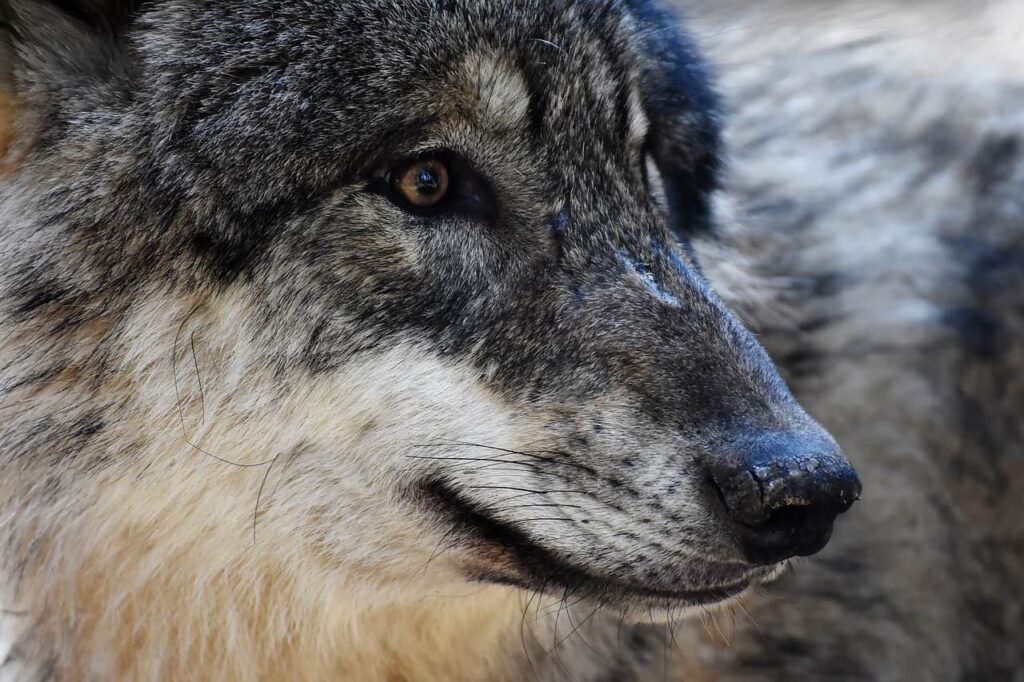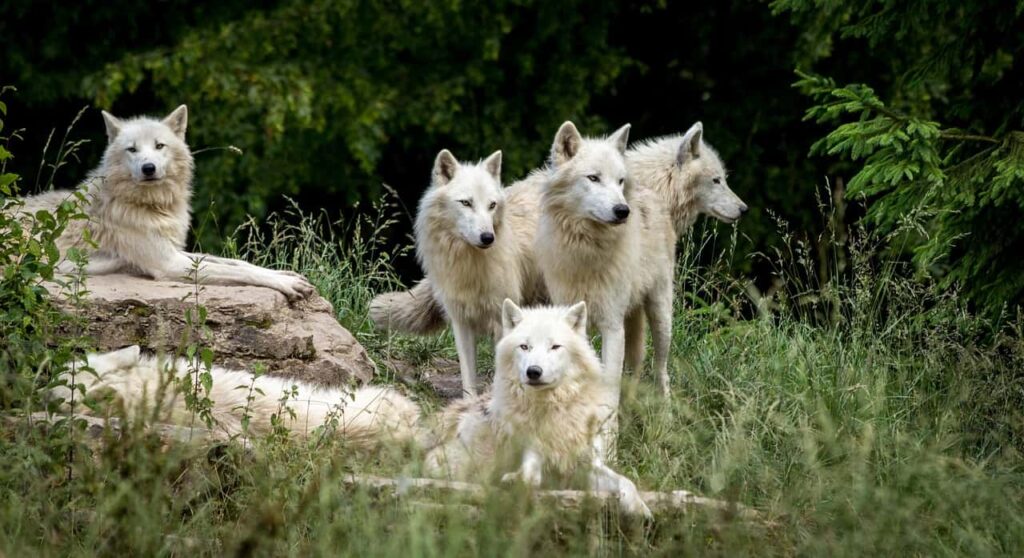Exploring the Mighty Wolf: A Vital Force in Ecosystems
The wolf, an iconic symbol of the wild, has fascinated humanity for centuries. Belonging to the Canidae family, wolves stand out as intelligent and social creatures, playing a crucial role in ecological balance. This article delves into the captivating world of wolves, examining their behavior, ecology, and their indispensable contribution to the natural order.
Ecology and Distribution
Wolves showcase remarkable adaptability, thriving in diverse habitats ranging from the dense forests of North America to the frozen expanses of the Arctic. The gray wolf, Canis lupus, takes the lead as the most widespread species, with several subspecies finely tuned to various environments. Notable species within the wolf family include the red wolf (Canis rufus) and the Ethiopian wolf (Canis simensis).
Wolves are renowned for their territorial behavior, with packs establishing and defending territories that can span from a few hundred to several thousand square miles. These territories serve not only as a hunting ground but also as essential spaces for rearing their young and maintaining pack cohesion.

Wolves Are Renowned for their Territorial Behavior
Social Structure and Communication:
One of the most intriguing aspects of wolf behavior is their social structure. Packs, led by an alpha male and an alpha female, operate with a hierarchical structure where the dominant pair, through coordinated decisions, influences pack activities such as hunting, denning sites, and territory marking.
Communication emerges as a pivotal aspect of wolf social dynamics. Howling, an iconic wolf vocalization, serves various purposes, from intra-pack communication to territory marking and coordination of group activities. The haunting melodies of a wolf howl can carry for miles, creating a symphony that echoes through the wilderness.
Diet and Hunting Strategies
Wolves, carnivores by nature, boast a diverse diet that includes ungulates like deer, elk, and moose, as well as smaller mammals, birds, and occasional fish. Their success in hunting relies heavily on cooperation and strategic coordination.
As formidable hunters, wolves utilize keen senses of sight, smell, and hearing to track and locate prey. The pack collaborates in a strategic pursuit, surrounding and bringing down prey. This collaborative hunting strategy not only ensures the pack’s survival but also plays a pivotal role in preserving ecosystem health by regulating prey populations.
Keystone Species and Ecological Impact
Wolves, classified as keystone species, exert a profound influence on ecosystem structure and function. By preying on herbivores, wolves control their populations, preventing overgrazing and promoting plant community health. This, in turn, ripples through the ecosystem, influencing other species.
The reintroduction of wolves in certain areas has showcased their positive impact on biodiversity. For example, in Yellowstone National Park, wolf reintroduction in the 1990s triggered a trophic cascade, rebalancing the ecosystem. Reduced elk populations allowed vegetation recovery, benefiting beavers, birds, and other species.

Wolves Are Highly Social Animals
Conservation Challenges
Despite their ecological significance, wolves face conservation challenges such as habitat loss, conflicts with livestock, and hunting. Some areas still witness persecution due to fear and misunderstanding.
Conservation efforts aim to address these challenges and protect wolf populations. Legal protections, habitat restoration initiatives, and public education are crucial for wolf conservation. Community-based conservation strategies involving local communities in wolf management show promise in fostering coexistence between wolves and humans.
Cultural Significance
Wolves hold a special place in human culture and mythology, symbolizing strength, intelligence, and loyalty. In Native American cultures, wolves are considered spiritual guides, embodying traits like courage and wisdom.
In literature and folklore, wolves are often portrayed as mysterious and enigmatic creatures. From Aesop’s fables to modern literature like Jack London’s “White Fang” and “The Call of the Wild,” wolves continue to captivate human imagination, representing the untamed spirit of the wilderness.



